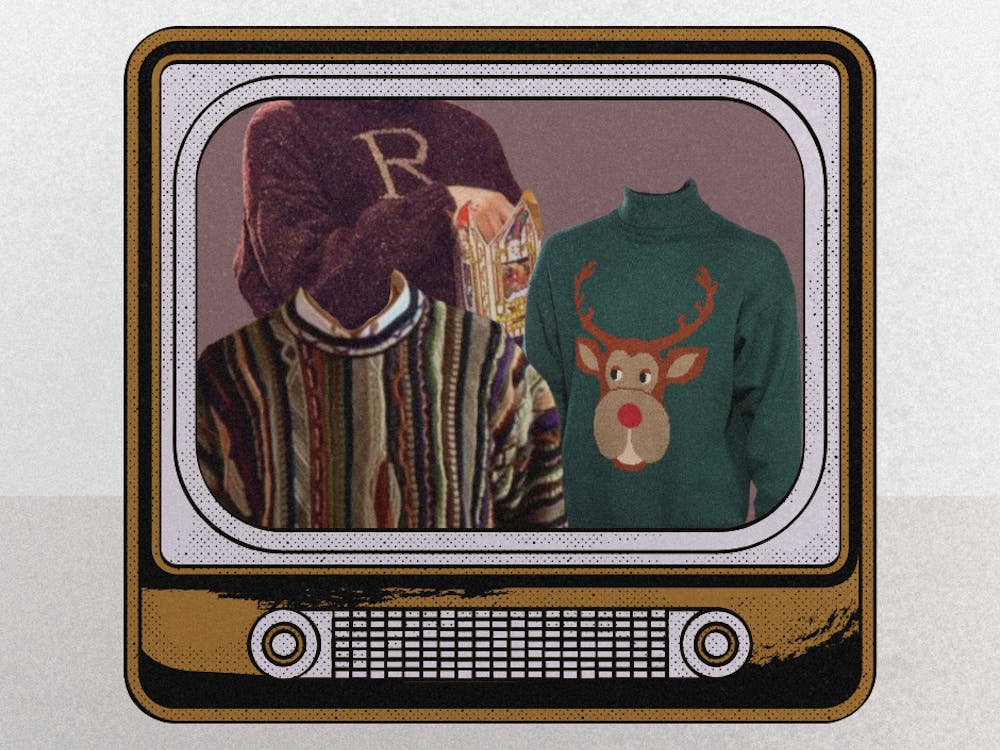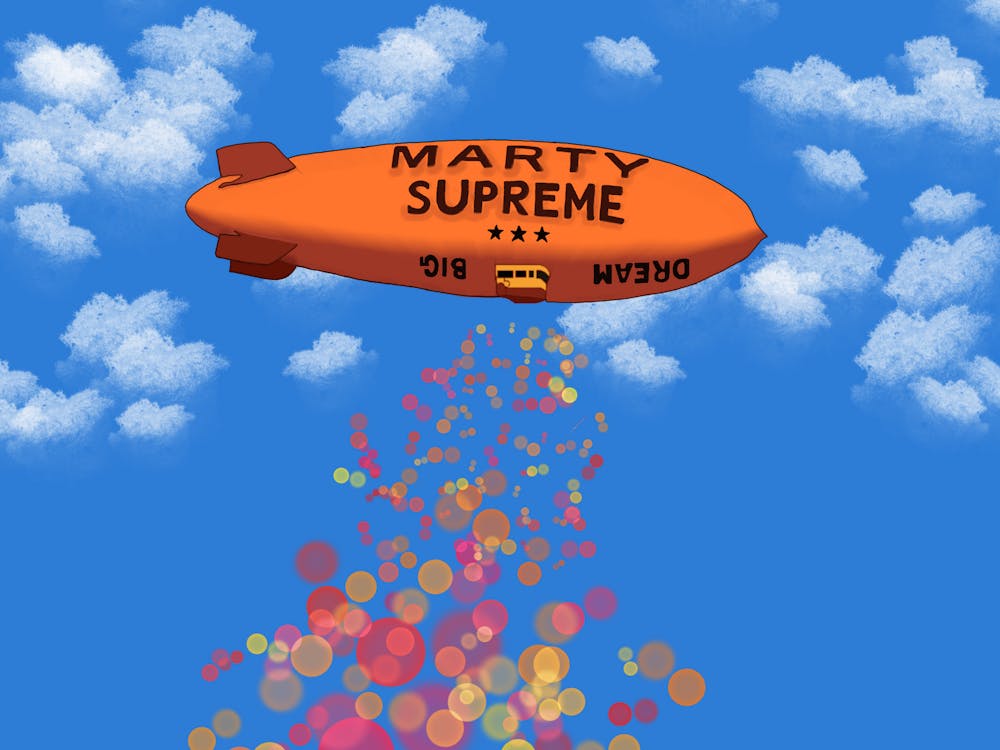It’s been just over two years since coronavirus first swept the country, disrupting ordinary life and injecting another dose of chaos to an already perplexing world. The 21st century has proven uniquely challenging, throwing an endless stream of choices, world events and information our way.
In that light, March’s book club picks strive to help readers gain clarity in life, contributing sharp mental models applicable to everyday decisions and academic thinking. More than telling you interesting facts, they retrain the brain to understand concepts in a deeper way.
“Algorithms to Live By: The Computer Science of Human Decisions” by Brian Christian and Tom Griffiths
Algorithms. The very word inspires terror in the hearts of computer science students yet to take the required course on the subject, let alone non-techies. The term pops up in all sorts of scary contexts today, often deemed responsible for leaps in superhuman artificial intelligence or the divisive role of social media.
In “Algorithms to Live By,” Brian Christian and Tom Griffiths show that algorithms can be fun. In each chapter, the programmer-cognitive scientist duo explain a computer science algorithm before showing real life adaptations of its basic principles. Want to know how many ice cream flavors to sample before you order a full scoop? Or how about how many significant others to date before you can say whether you’ve found “the one”? Both problems are variants of the “optimal stopping problem,” where an agent iterates over a sequence of elements until gaining confidence in the ability to settle on one. As such, the problems can be tackled using similar algorithms.
Another relevant problem is the “explore-exploit” tradeoff. Whenever we decide what song to play, restaurant to visit or social group to spend time with, we face a dilemma between revisiting an old favorite or trying something new. The former choice “exploits” information we already have, while the latter “explores” new options, giving us more information to exploit in the future. Because intelligent, self-learning systems likewise confront decisions between the known and the unknown, computer scientists have just about cracked the code on striking the optimal balance.
The book details plenty of other algorithmically-backed insights that can be applied in daily life, from the costs of overthinking to the wisdom of incorporating random chance into decision making. Plus, there’s a neat excuse the next time your mom yells at you for dumping clothes on your chair — it’s just a cache system with spatial locality.
“How Not to Be Wrong: The Power of Mathematical Thinking” by Jordan Ellenberg
If mathematician Jordan Ellenberg didn’t have his name on the cover, you might think “How Not to Be Wrong” was instead written by the authors of “Freakonomics.” The book follows an analogous format, weaving a thread between theoretical mathematics and intriguing practical applications.
Ellenberg begins by addressing the age-old question about math: “When am I going to use this?” He relates the famed “missing bullet holes” story involving statistician Abraham Wald, tasked during World War II with finding the most cost effective way to protect bomber planes. After studying the location of bullet holes on returned planes, Wald reached a counterintuitive conclusion that the armor should be strengthened on the seemingly least hit parts.
The reason? Planes that return from combat clearly survived whatever bullets they took, suggesting that parts with fewer visible hits — say, the engine — were likely struck among the aircraft that never returned. Wald understood the statistics concept of “survivorship bias,” which Ellenberg shows underpins other common distortions in how we view problems.
The book dissects additional fallacies even experts fall victim to. The assumption that trends are linear led one team of researchers to predict that 100 percent of Americans will be overweight by 2048. As Ellenberg points out, such a model implies that by 2060, 109 percent of Americans would be overweight. The example is extreme, but illustrates that our intuitions about historical patterns can lead us astray. Instead, argues Ellenberg, we should default to an assumption that a given phenomenon is nonlinear, until proven otherwise.
With the help of fun visualizations, the book sheds light on topics ranging from paradoxes in voting to the strategy MIT students used to guarantee lottery wins. “How Not to Be Wrong” is sure to leave the reader with a sharper mind, if not a Powerball jackpot.
“Antifragile: Things That Gain From Disorder” by Nassim Nicholas Taleb
“Antifragile” is the 2012 follow-up to Nassim Taleb’s philosophical and financial treatise, “The Black Swan,” described as one of the twelve most influential books since World War II. In 2007’s “The Black Swan,” Taleb contended that world history is defined almost entirely by “black swans” — unpredictable, high-impact events— to which the world’s financial systems are increasingly susceptible.
In “Antifragile,” Taleb outlines the principles for designing systems that embody the opposite of such fragility — instead of collapsing from negative shocks, they grow from them. He draws on well-understood examples, such as muscle growth in response to physical stress or evolution in response to environmental threats, to glean key properties of “antifragility.” Among them are redundancy, aggregation, low dependency and epistemic humility — things he diagnoses as devoid in our approaches to medicine, architecture, foreign policy, personal planning and just about everything else.
As with the other entries of his “Incerto” series, Taleb eschews the readily digestible format of pop science. His writing is better parsed as an extended essay, mixing technical explanations with illustrative anecdotes and colorful diatribes. Taleb’s brash, freewheeling style is known to rub many reviewers the wrong way, but the contribution of his sage ideas — which are experiencing renewed interest since the disruptive pandemic — is undeniable.







